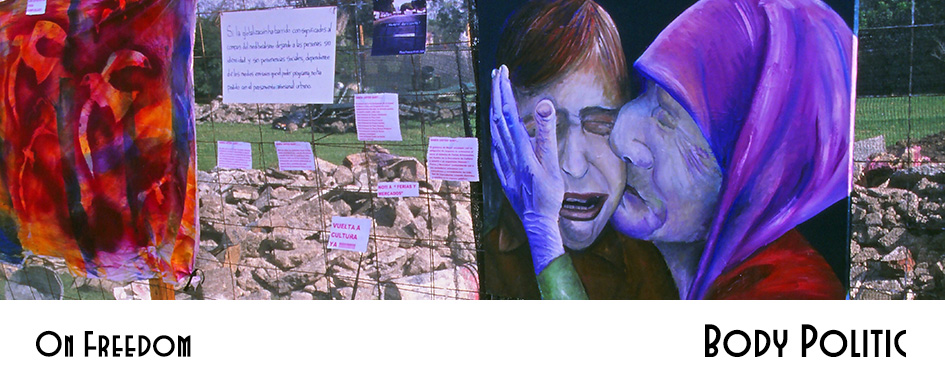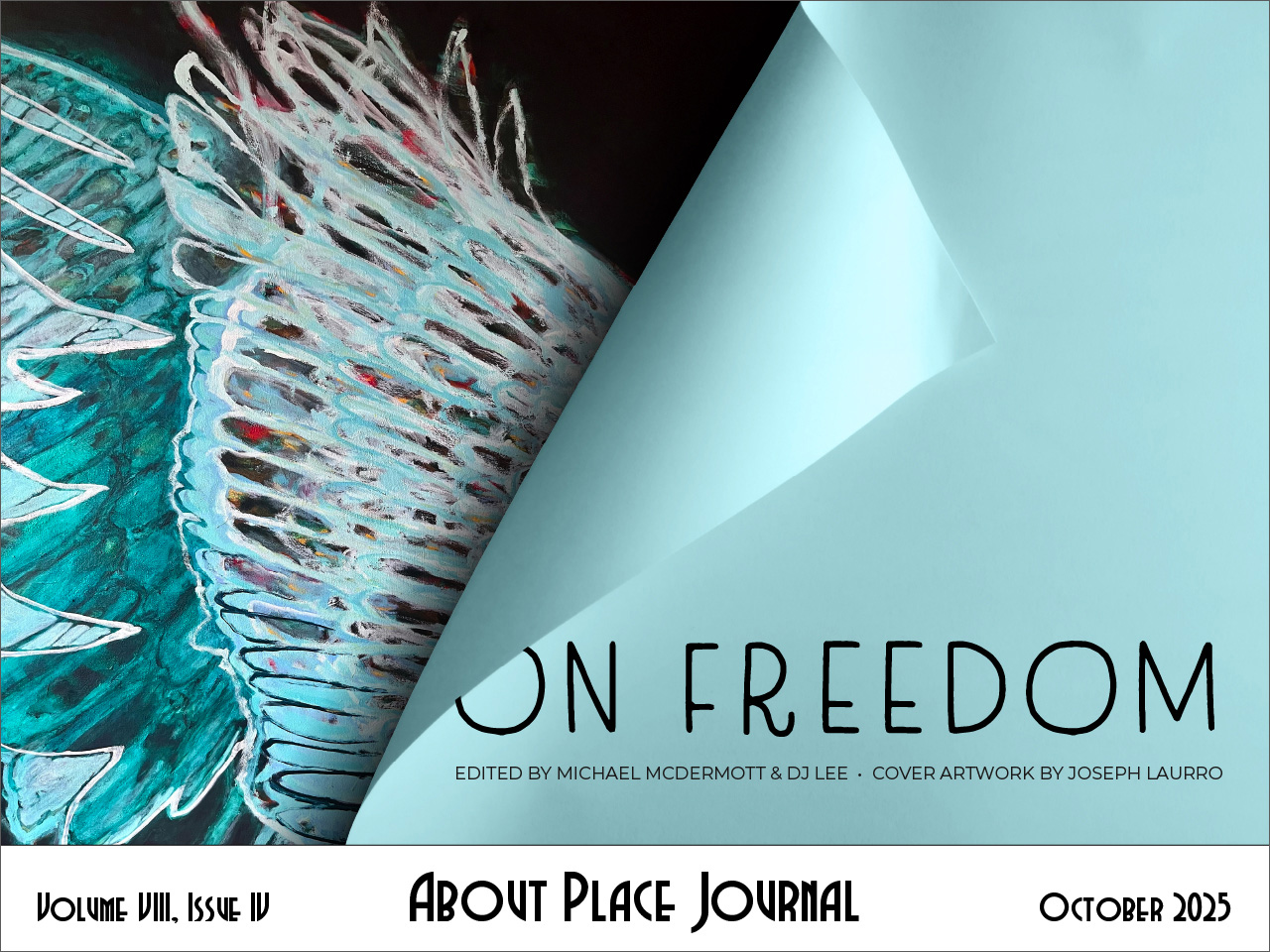Diamond Stingily
American, born 1990
The Museum of Modern Art, New York City
On view
Stingily says on systemic violence in Black communities,
adding, “to not live in violence is a privilege.” Peepholes
are musts because you didn’t open the door for anybody.
I grew up in the Bronx River Projects—our door, metal.
After the war, my father was given electroshock therapy
(almost all of the violence I feared wasn’t out in the hall).
My father was in a tank destroyer unit and fought Nazis.
After the war, he was in-and-out of a psychiatric hospital.
Courts allowed home visits; then he was back for battery
(more shock treatment was an alternative to going to jail).
What Stingily is saying about a bat at the door isn’t pretty
but how you grow up is probably how you see the world.
It doesn’t matter if you make installations or write poetry.


